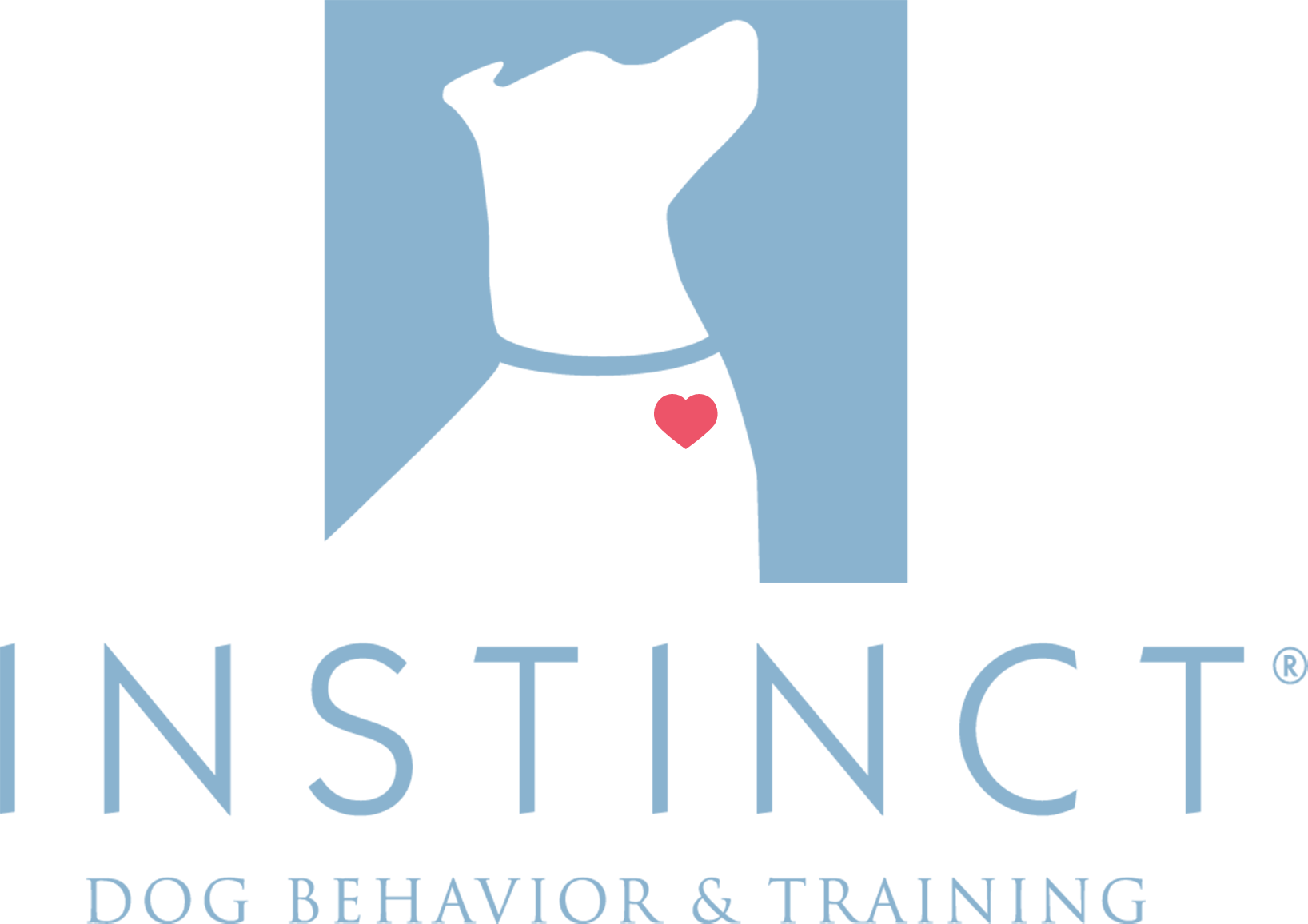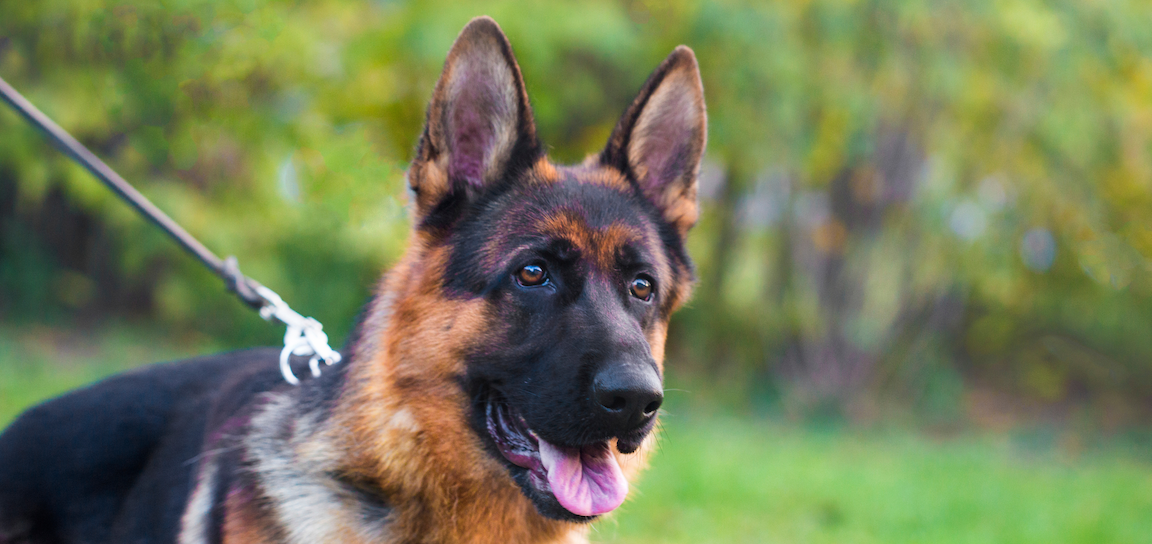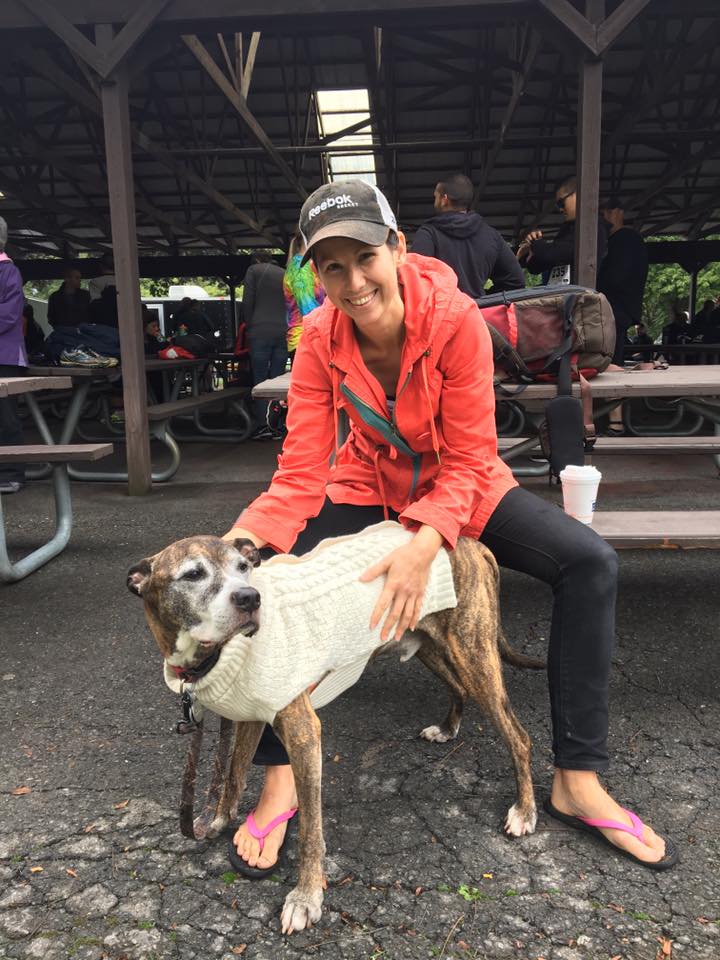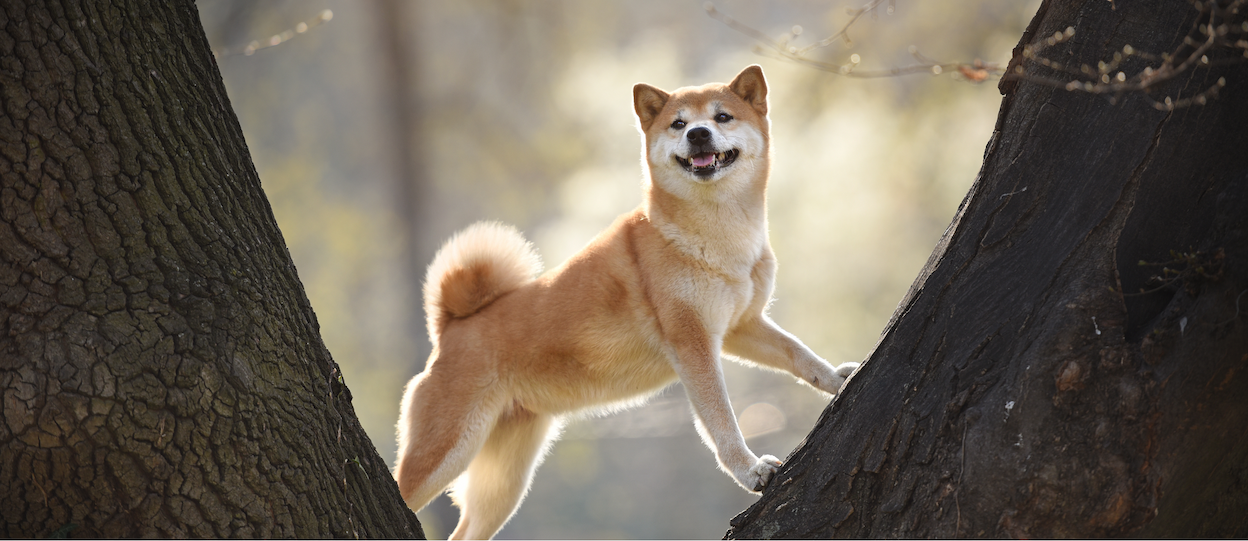
Welcome to the blog! This week, we’re talking about how to foster more independent behavior in your dog—whether you’ve just gotten a new puppy, or you want to build this skill in your constantly-attention-seeking adult dog.
Happy Reading,

How to Foster Independent Behavior
Do you have a velcro dog who never leaves your side throughout the day? Maybe they’re constantly nudging you for pets, shoving a ball into your hand, or barking if they’re unable to sit in your lap.
If your puppy or adult dog finds it really hard to relax solo, or engage in activities on their own, we have some tips to start fostering more independent behavior at home.
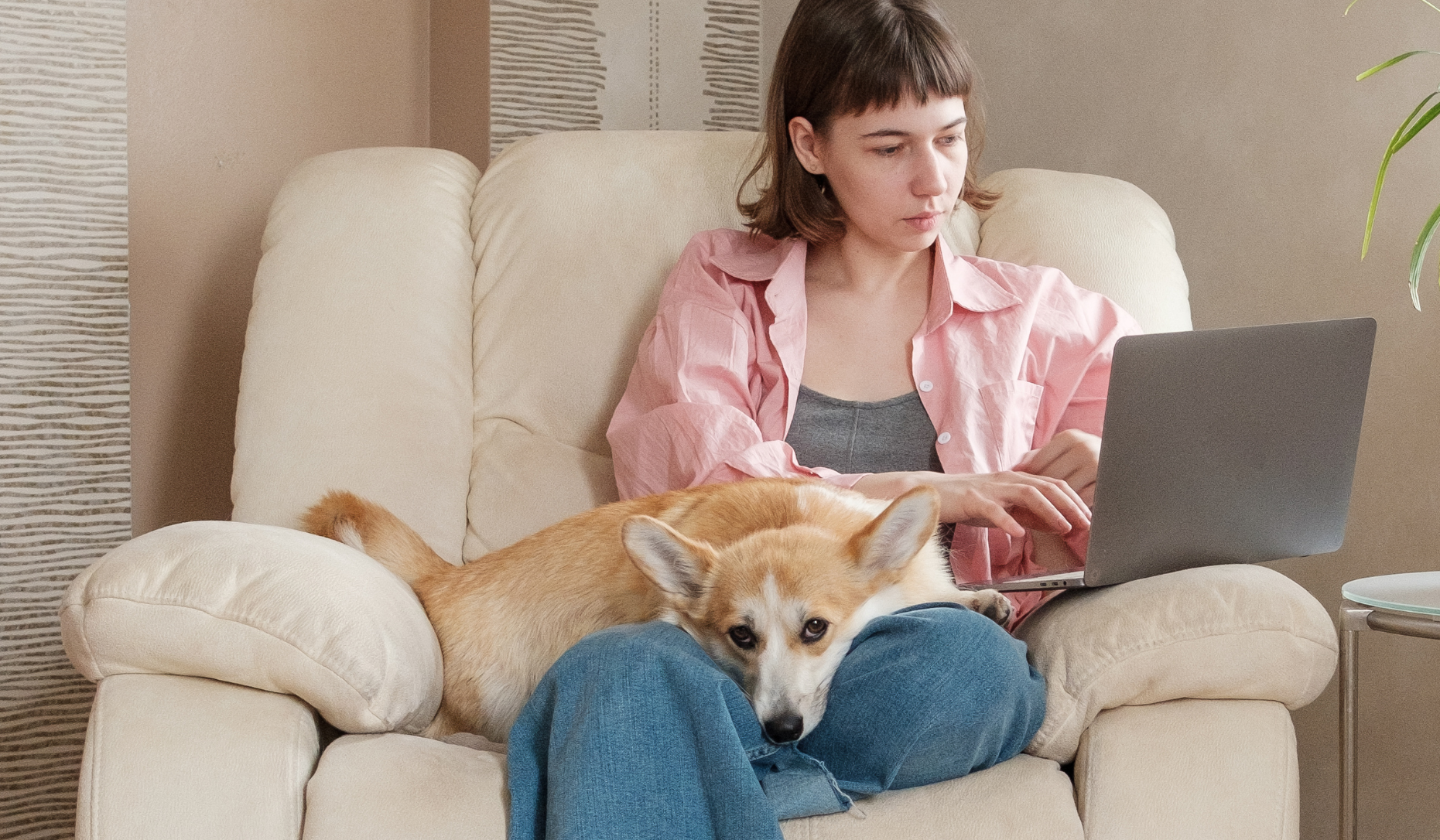
The Case for Independence
It’s normal for our dogs to prefer to be close to and engage with us when we’re at home. It’s especially normal for dogs in certain stages of life (puppies and seniors) to want to keep extra close tabs on where we’re at and what we’re doing.
But when that preference to stay close and engaged turns into a requirement for normal functioning, it becomes detrimental to both us and our dogs.
The reality of life is, we can’t engage with or respond to our dogs every second of the day. If we try, we end up frustrated, exhausted, and resentful. And our dogs generally end up having an extremely hard time when we actually do need to step away or disengage from them, because we’ve set an expectation that we’re (almost) always available and on call.
Even if we could manage to engage with our dogs 24/7/365, that’s not an ideal, healthy dynamic. If your dog only has eyes for you, they’re missing out on a whole host of enriching and satisfying experiences life has to offer.
It’s far kinder to prepare our dogs to be able to comfortably relax and entertain themselves during those times when we are unavailable to them.
Let’s get started!
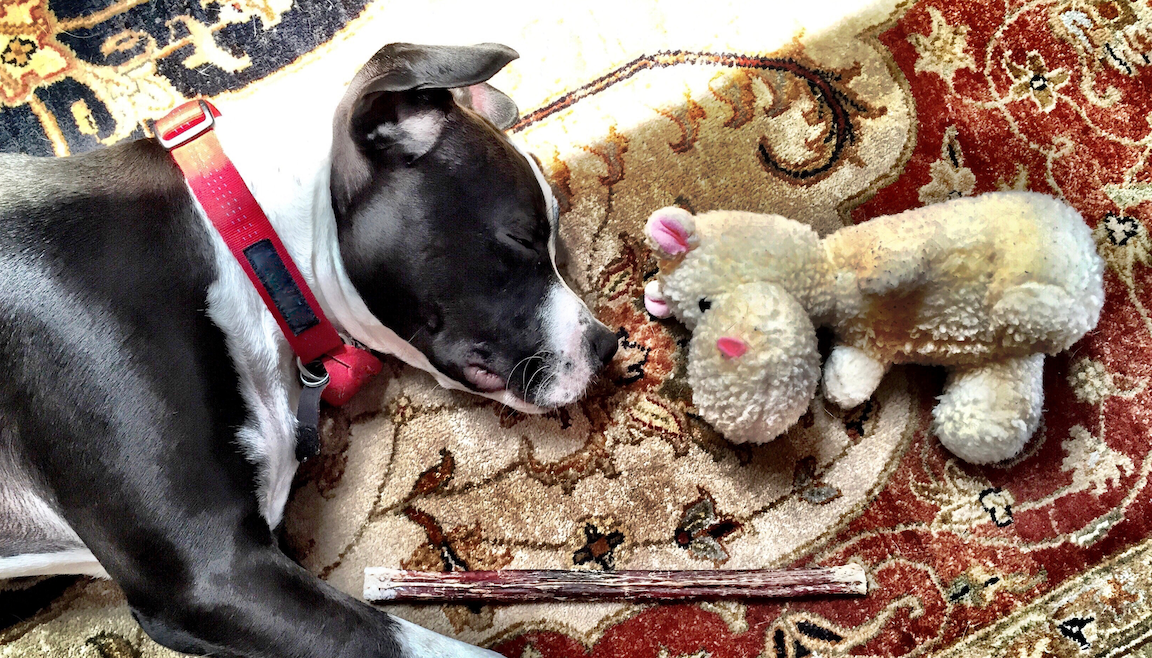
Five Tips to Foster Independent Behavior
Here are five steps you can take to start fostering more independent behavior in your dog at home.
Note: These tips focus on helping dogs who persistently/continuously seek out engagement and/or physical contact when you are home with them. If your dog displays separation-related distress when you leave them home alone, some of these tips may support reduction of separation related behaviors, depending on your dog’s emotional state and motivations, but they should not be taken as a substitute for training interventions focused more specifically on addressing your dog’s separation anxiety.

A huge part of fostering independence is creating an environment in which your dog is actually able to behave independently. Here are 3 ways to set up your home to support independent behavior:
Create a ‘Yes Space’ for Your Dog
A Yes Space is a gated/closed room or sectioned off portion of a room in your home where your dog can truly do whatever they want, without you needing to step in to interrupt or redirect their behavior.
Plan to spend time with them in this space at first. Long term, the goal is to have your dog comfortably practice independent behavior anywhere in the home, but this is a perfect place to start.
Yes Spaces are especially important when you are trying to foster independence in a puppy, adolescent, or newly adopted adult dog who doesn’t yet have a clear sense of the household rules and boundaries (or, who has a limited amount of self control and may be quick to abandon what they’ve learned if they’re feeling a little upset or frustrated).
Why? Imagine you’ve been gently disengaging from your clingy puppy or adolescent, and finally, they decide to leave you alone and wander off, only to discover the most PERFECT (to them) activity: pulling and tearing at that oh-so-appealing fringe on your living room rug. You step in to intervene, and in doing so, interrupt their independent activity and restart the cycle of attention/connection-seeking behaviors.
Offer Satisfying Entertainment Options
Invest in a selection of chews, bones, and toys that your dog really enjoys, and make sure they’re always easily accessible (including in the Yes Space).
Focus on providing items that seem to really satisfy your dog. Some dogs LOVE to shred cardboard. Others love to chomp incessantly on their favorite squeaky toy. And others love carefully dissecting giant ropes.
Provide options that bring your dog joy, but avoid items that seem to really amp your dog up and make it harder for them to relax, at least at first.
Provide Comfy Rest Spots
Like, REALLY comfy. Make sure every room where your dog spends time has at least one resting spot your dog deems very appealing (a spot that, ideally, isn’t located right next to you on the couch). Here are some options to consider:
- A super plush, cozy dog bed topped with an old comforter
- An armchair with a big fluffy blanket on it
- A faux fur blanket draped over one end of the couch
- A cooling bed (for those pups who run hot)

There are a couple of skills you can teach your dog that can make it easier for them to relax independently:
- Settle on a Mat and/or Bed/Stay
- If your dog doesn’t currently know a pretty solid “Settle on a Mat” or Bed/Stay behavior, take the time to teach it to them. We’ll review settling techniques in a future newsletter; for now, if you’re currently working with a trainer, consider connecting with them about how you can teach or further refine this skill.
- Tether Time
- Practicing tether time can go a long way in helping your dog learn how to settle without needing to be right next to/on top of you. You can check out our blog post with introductory Tether Time instructions.

Before you ask for independent behavior, make sure your dog’s needs are met. This is more than a standard disclaimer about making sure your dog generally gets a good amount of exercise and enrichment on a regular basis (though let it serve as that as well).
Before you practice “independent time” with your dog, make sure they’re fed, pottied, and exercised. And also, spend some time connecting with one another in a way that’s fun for both of you. For some dogs, a challenging training session can be a great activity to try prior to independent time, as it provides connection and engagement, as well as mental stimulation.

This one might sound a little silly at first, but it’s probably the most important tenet of fostering independent behavior in our dogs. Since it’s a big one, we’ve broken it into two different action steps for you.
Gently Revoke Your Dog’s All-Access Pass to You
Our goal here is to help your dog start to think of their attention-seeking behavior as a request, rather than a forgone conclusion. Often, this means you’ll need to commit to a new way of responding when your dog seeks attention from you—one that allows space for independent behavior to occur.
This is hard! After all, the rules of engagement are changing for both of you.
If you:
- mindlessly pet your clingy dog every time they approach you and paw at your leg or lean into you
- immediately make space to allow your dog onto your lap whenever they approach and nudge your arm out of the way
- automatically reach down and throw their ball the instant they drop it at your feet
…start asking for a bit of personal space and pausing a moment while you acknowledge the request, “oh, you want some pets/cuddles/to play?” Then, give a clear Yes (“Sure, let’s play!” or “Climb aboard, little buddy!”) or a clear No (“Sorry bud, not right now.”)
Now, hear this:
It is perfectly OKAY if your dog is unhappy with you at first when they don’t get what they’re expecting. It’s OKAY if they huff, or bark, or try harder to get into your lap. It’s okay if they get frustrated and start trying to destroy a nearby toy. Stay calm and feel confident that you are helping them learn an important boundary that will serve to make them a more resilient dog.
Give your dog the space and time they need to express their feelings in order to move on. If it helps, you can even acknowledge what they appear to be feeling, “I know bud, you’re not happy with me right now. I get it.” (This is more for you than for your dog, but I find it can really help some folks stay in, and convey, a calm, compassionate, and supportive mindset during this more challenging phase of the process).
Try hard to casually keep doing whatever it is you need or want to be doing—answering an email, putting away the dishes, or maybe just drinking your coffee while you watch a TV show.
Just as importantly, be prepared to help your dog if they’re really struggling. If 10-or-so minutes pass and your dog is still nudging, pawing at you, or barking incessantly, or if they are becoming increasingly agitated, it’s absolutely appropriate to help them find their way to calmer behavior.
Often, redirecting your dog to settle on a comfy mat or blanket—or doing a bit of tether time—is a good first-line tactic. Depending on your dog, you may find it helpful to keep a lightweight leash on them in the home for a period of time (only when supervised), so you can calmly pick up the leash and guide them to their bed without needing to give a lot of attention in the process. As you do so, be sure to keep your voice quiet and soothing. Try to stay in the mindset of HELPING your dog learn this important new skill of independence.
Don’t Interrupt Independence
If you see your usually-clingy dog resting quietly on their own or playing/engaging with a toy by themselves, leave them alone. Resist the urge to call them over, praise them, give them a quick pat, or insert yourself into the activity.
This holds true if your dog asks for your attention, then decides move on and find something else to do upon hearing a “Not right now, bud.”
If you see them practicing independence, don’t interrupt. Allow it to happen.

Building specific blocks of independent time into your daily routine—times when you want your dog to understand that you are unavailable to them—can go a long way when it comes to helping your puppy or dog learning to practice more independent behavior throughout the day.
A morning routine that includes independent time might look something like this:
- Morning walk or exercise in the yard
- Breakfast
- Snuggles, then training
- Independent time in your dog’s YES space while you answer emails or enjoy a cup of coffee
A few recommendations for successful independent time:
- If desired, you can give your puppy or dog a stuffed Kong or long-lasting chew at the start of independent time, to help them settle away from you.
- This can work like a charm for some dogs: they’ll finish their Kong and then have a rest, or find another solo activity.
- For others, they’ll quickly finish the treat and then immediately come find you to ask, “Okay, what’s next?”. If this happens, don’t get caught up in the cycle of trying to continuously find ‘projects’ to keep them entertained. Just follow the guidelines in Tip 4 above, to help them move on and find a way to entertain themselves.
- Start with just 5-10 minutes of independent time, and build up gradually.
- Remember, it’s totally okay to be in the YES space with them, or just outside of it, if that’s what your dog needs to succeed early on.
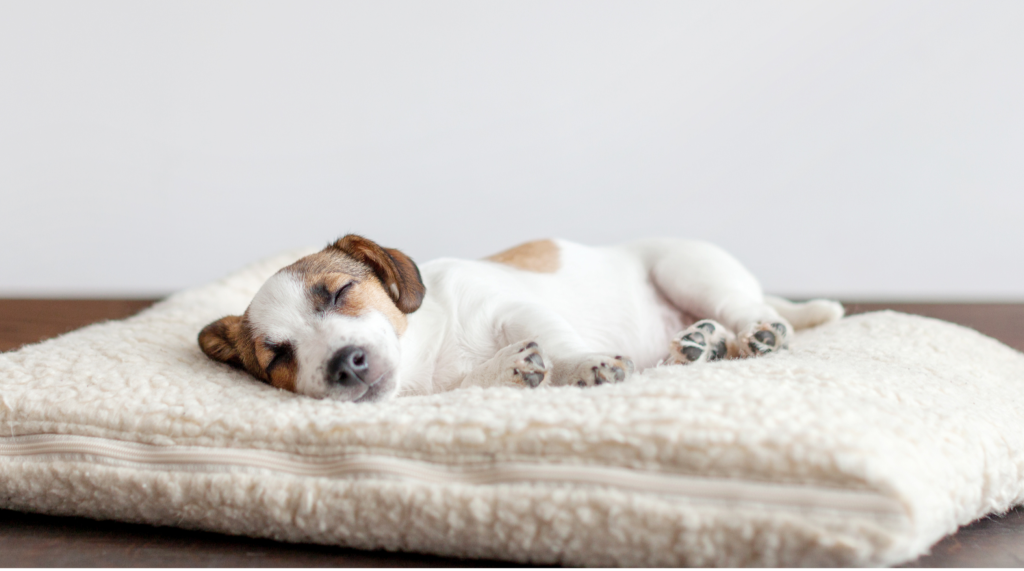
When to Push Through, When to Seek Help:
As your dog adjusts to your new boundaries, expect that they may escalate their attempts to garner your attention. This is totally normal and understandable, and, so long as you are being fair, kind, supportive, and consistent, things *should* start to improve over the course of 2-3 weeks.
That being said, recognize when you & your dog need help:
- If your dog escalates into aggression when you don’t respond affirmatively to their attention-seeking behavior;
- if they spend much of the day seeming restless, anxious, hyper-vigilant, unable to settle, etc.;
- and/or if, after trying the adjusted techniques here, they bark at you almost constantly unless you are holding them or actively engaging with them
…it’s best to connect with a behavior consultant and/or a veterinary behaviorist about additional interventions you can use to help your dog feel more comfortable standing on their own four paws.
NEED TRAINING OR BEHAVIOR SUPPORT?
Check out the resources below!
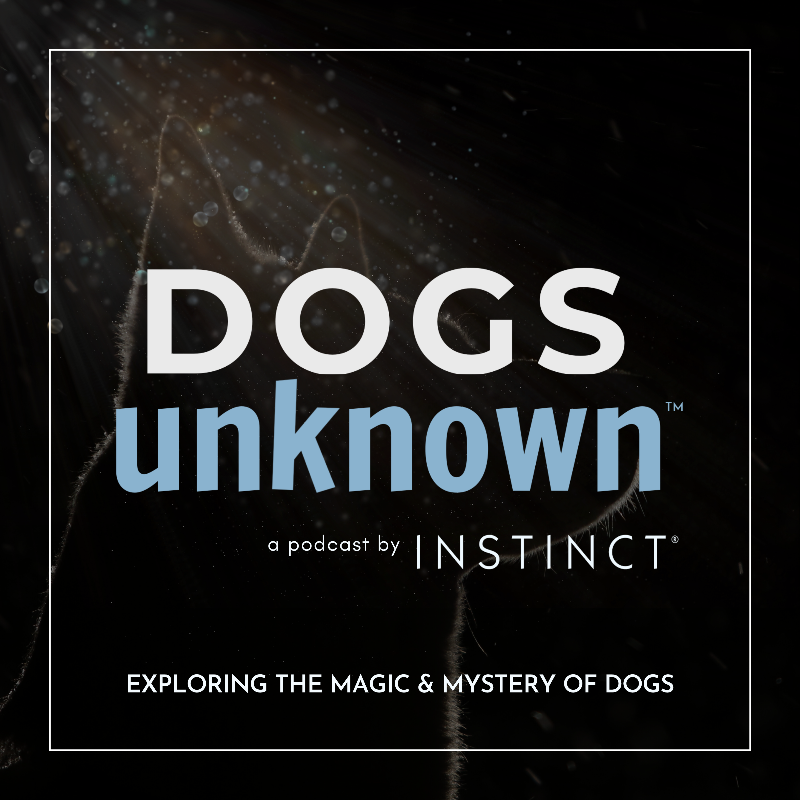
Check out Instinct’s award-winning podcast, Dogs Unknown (fka DogLab), hosted by Instinct Co-Founders Sarah Fraser (me!) and Brian Burton.
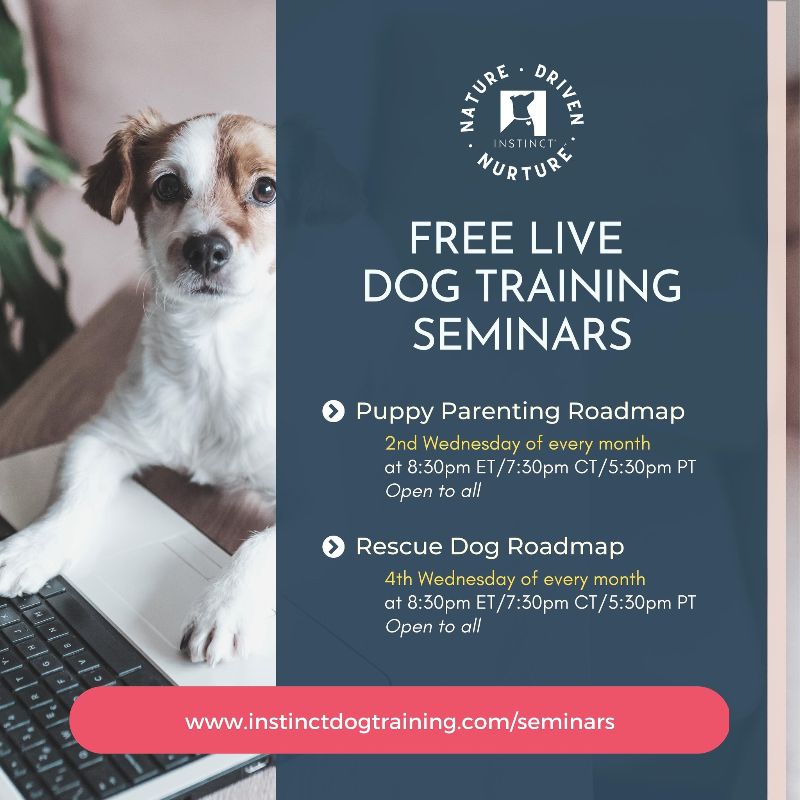
Join one of our free, live training & behavior seminars via Zoom!
Hosted by Instinct behavior consultants, these seminars include a 1 hr presentation plus live Q&A session. Open to all!
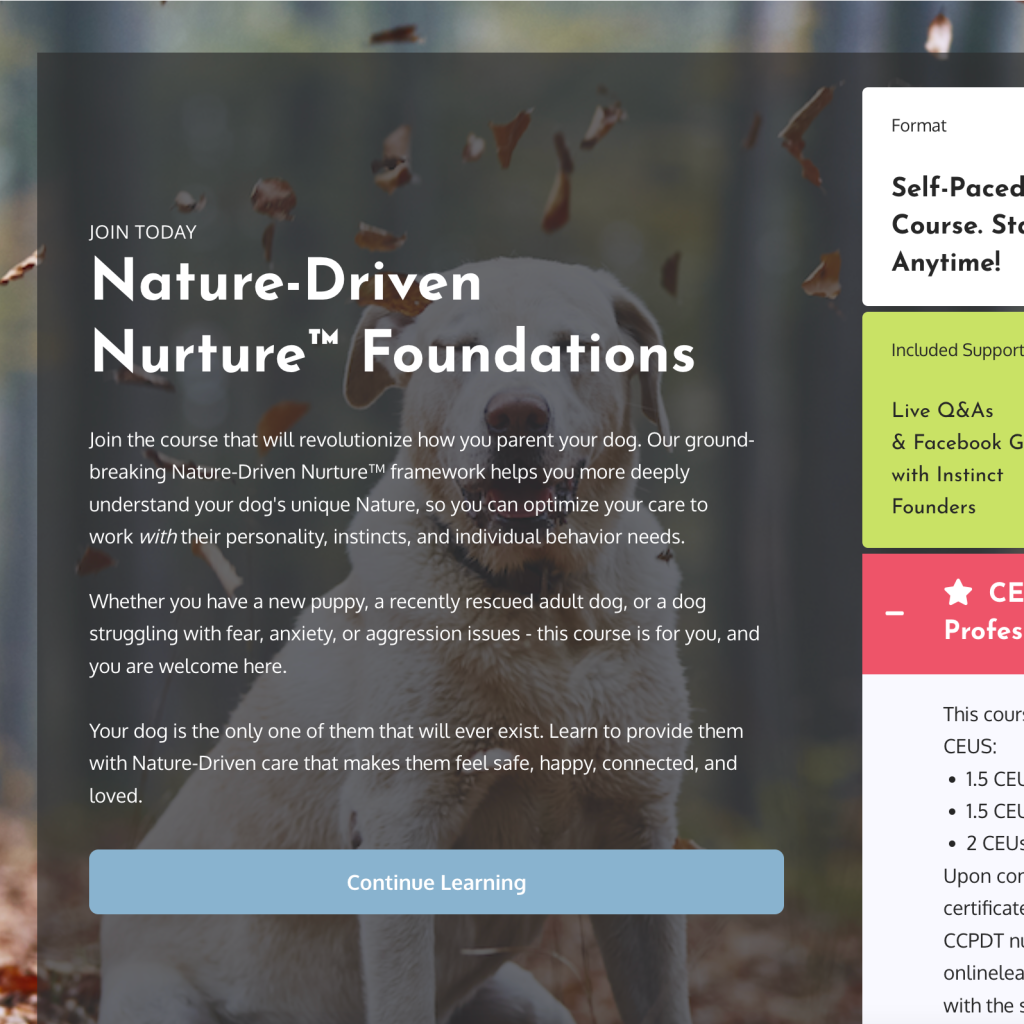
Sign up for the Nature-Driven Nurture Foundations course in our Online School. Learn our groundbreaking canine behavioral health framework that teaches you how to optimize your dog’s training & care based on their unique, individual Nature. This self-paced course includes:
- Access to private Alumni Facebook group
- Twice-monthly Zoom Q&As with Instinct co-founders
Or, contact your local Instinct for fully customized training & behavior support with certified, veterinarian-recommended trainers and behavior consultants.
